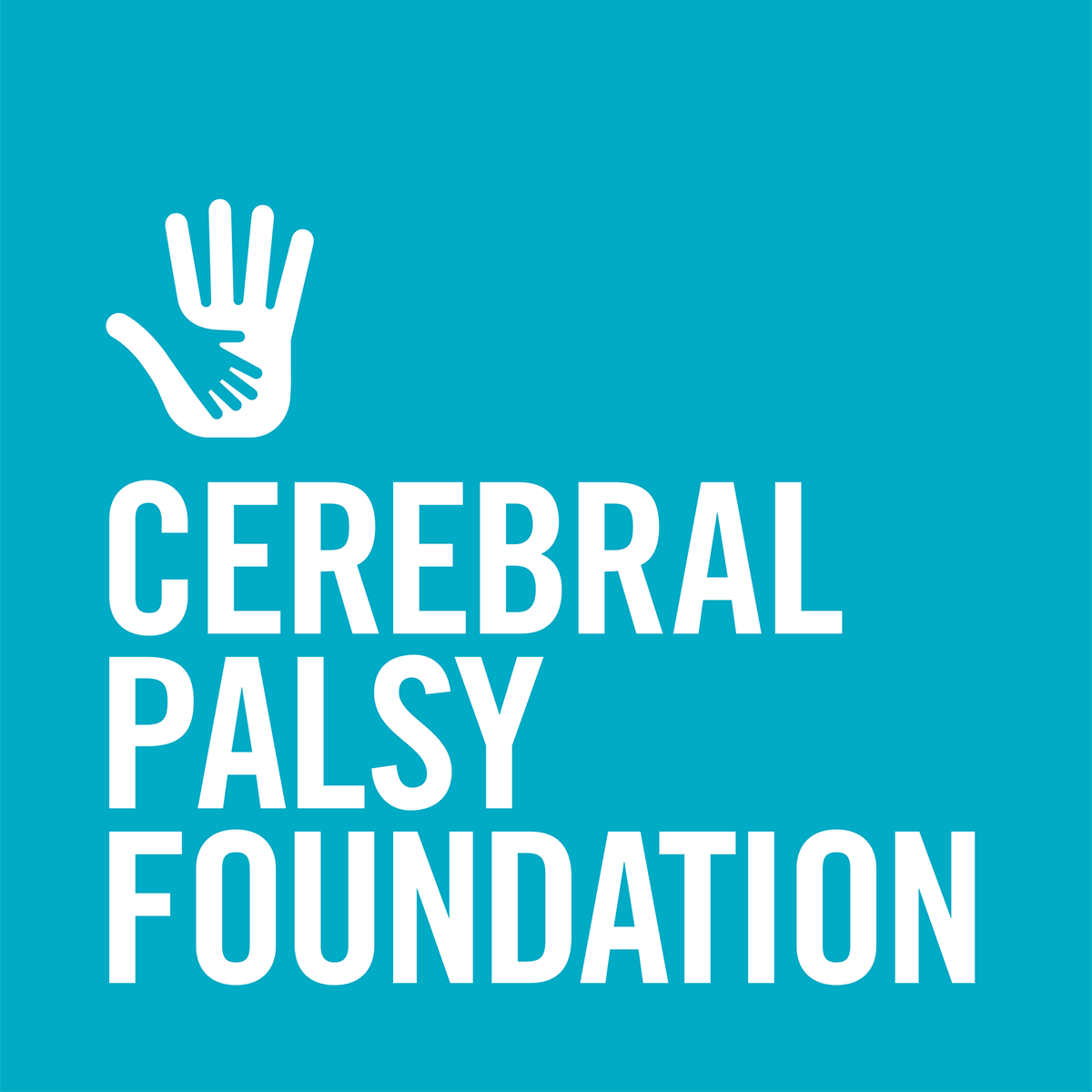HOW YOU CAN HELP:
Ask your lawmakers to support Cerebral Palsy research funding today
- It’s easy to do!
STEP 1. Find your US Senators and Representatives contact information here:
STEP 2. Using the links above, please send a message to your lawmakers. You can copy and paste the template below or write your own message. Please include your own reasons why funding Cerebral Palsy research is important to you.
"I am writing to urge you to support federal funding for Cerebral Palsy (CP) research at Centers for Disease Control & Prevention (CDC) and the National Institutes of Health (NIH) in the Fiscal Year 2024 Labor Health & Human Services Appropriations bill.
Cerebral Palsy is the most common lifelong motor disability, affecting more than 1,000,000 Americans, 1 in 345 children, and over 17,000,000 people worldwide. More than 10,000 U.S. babies are diagnosed with Cerebral Palsy each year. With dedicated federal research investment and focus, we can make strides toward determining causation, improving early detection, and identifying the most effective treatments for cerebral palsy (CP) resulting in improved outcomes, less economic burden and better quality of life.
Please make federal funding for Cerebral Palsy research a higher priority for our nation by supporting FY2024 LHHS Appropriations funding at CDC and NIH. Currently there is no dedicated federal cerebral palsy research funding despite the number of Americans it impacts. Please help change this and make an investment that will improve millions of lives.
I look forward to learning of your support of this important issue.
Thank you."
STEP 3. Please forward this email to your friends and family and encourage them to contact their lawmakers as well! The more of us that lawmakers hear from, the more likely they are to take action and support cerebral palsy research funding.
Thank you for your support of the cerebral palsy community!



